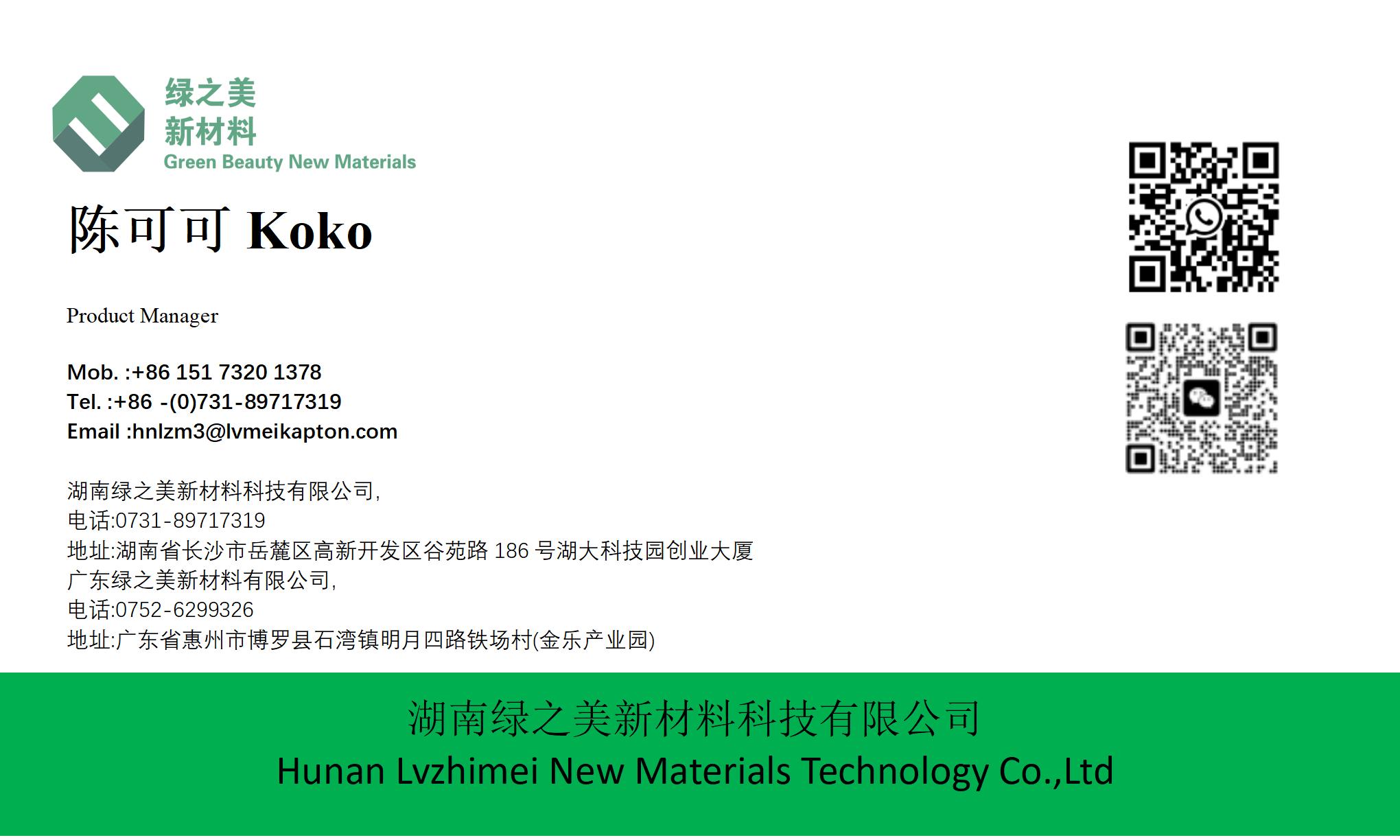



How Does Gold Finger Electronics Polyimide Tape Kapton Ensure Reliable High-Temperature Circuit Protection? |https://www.lvmeikapton.com/
1. The Critical Role of High-Temperature Tape in Modern Electronics
PET Tapes: Prone to brittleness and adhesive breakdown at temperatures exceeding 120°C, leading to circuit shorting.
Silicone Tapes: While flexible, they exhibit poor dielectric strength (6–8 kV/mm) compared to PI’s 10–12 kV/mm.
PI Kapton Tape: Engineered with an aromatic ring molecular structure, it resists thermal oxidation, maintaining tensile strength (185–200 MPa) even after 10,000 hours at 200°C.
2. Thermal Stability Mechanisms: Why PI Tape Outperforms
2.1 Molecular Structure and Cross-Linking
Prevents chain scission at high temperatures, unlike amorphous polymers in PET.
Reduces thermal expansion (coefficient: 15–20 ppm/°C vs. PET’s 70 ppm/°C), minimizing stress on delicate gold finger contacts.
2.2 Adhesive System Engineering
Thermal Cycling: Maintains adhesion through 1,000+ cycles from -73°C to +260°C (tested per ASTM D6742).
Residue-Free Removal: A critical advantage over acrylic adhesives, which may leave residues that compromise conductivity.
| Material | Continuous Temp. Rating | Dielectric Strength | Tensile Strength | Residue-Free Peel |
|---|---|---|---|---|
| PI Kapton Tape | 260°C | 10–12 kV/mm | 185–200 MPa | Yes |
| Adhesive PET Tape | 150°C | 6–8 kV/mm | 50–80 MPa | No |
| Silicone Tape | 200°C | 7–9 kV/mm | 30–50 MPa | Sometimes |
3. Electrical Insulation: Shielding Gold Fingers from Failure
3.1 Dielectric Strength and Surface Resistance
Dielectric Barrier: With a volume resistivity of >10^15 Ω·cm, PI tape prevents current leakage between gold fingers, even at high voltages (e.g., 1,500V EV inverters).
Tracking Resistance: Tested per IEC 60112, PI tape resists electrochemical corrosion, outperforming PET in humid environments (95% RH at 85°C).
3.2 ESD Protection and Low Outgassing
4. Chemical Resistance: Withstanding Harsh Operational Environments
Solder Fluxes: Maintains adhesion after exposure to rosin-based fluxes (tested per J-STD-004).
Electrolytes: Resists degradation in lithium-ion battery electrolytes (LiPF6), making it ideal for EV battery module insulation.
Abrasion: With a Taber abrasion loss of <5 mg, it outperforms PET in high-motion applications like motor windings.
5. Case Study: PCB Manufacturing with Lvmeikapton Tape
Yield Improvement: From 82% to 98% due to reduced thermal cracking.
Cost Savings: $1.2M annually from decreased rework and warranty claims.
Process Efficiency: Faster reflow soldering (260°C for 90 seconds vs. PET’s 180°C limit).
6. Comparative Analysis: PI Tape vs. Traditional Materials
| Metric | PI Kapton Tape | Adhesive PET Tape | Silicone Tape |
|---|---|---|---|
| Thermal Conductivity | 0.15 W/m·K | 0.22 W/m·K | 0.25 W/m·K |
| Coefficient of Friction | 0.35 (dry) | 0.48 (dry) | 0.20 (dry) |
| Flame Rating | UL 94 V-0 | UL 94 V-2 | UL 94 V-1 |
| Price per Roll (50m) | $28–$45 | $12–$20 | $18–$30 |
7. Innovations in PI Tape Technology
Ultra-Thin PI Tape (0.035mm): For microscale gold finger masking in 5G semiconductor packages.
Conductive PI Tape: With carbon nanotube additives for EMI shielding in aerospace wiring.
Biodegradable PI Blends: Recyclable formulations for sustainable electronics (RoHS/REACH compliant).
8. Implementation Guide: Best Practices for Application
Surface Preparation: Clean gold fingers with isopropyl alcohol to remove oxides and oils.
Temperature Control: Apply tape at 23±2°C and 50±5% RH for optimal adhesion.
Lamination Techniques: Use a roller at 2–3 kg/cm² pressure to eliminate air bubbles.
Post-Application Cure: For high-reliability applications, cure at 150°C for 1 hour to enhance adhesive cross-linking.
Conclusion






